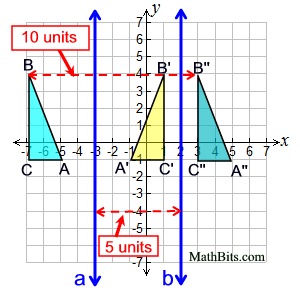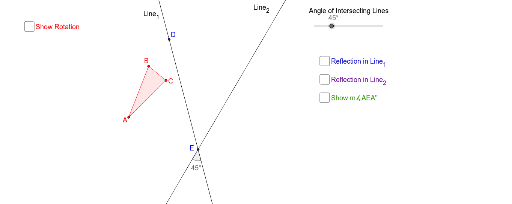
Such correlation produces unexpected results in the selection of diffracting grains. In this size more » range, (i) the one-to-one correspondence between diffracting particles and Laue spots assumed in the AKK analysis is not satisfied, and (ii) the crystallographic correlation between Laue spots originating from the same grain invalidates the assumption that all diffracting plane normals are randomly oriented and uncorrelated. Here it is shown that the equations proposed by Alexander, Klug & Kummer (AKK) to link diffracting particle and diffracted intensity statistics are not applicable if the constituent crystallites of the powder are below 10 nm. In this article, it was shown that the sampling statistics of diffracting particle populations within a polycrystalline ensemble depended on the size of the constituent crystallites: broad X-ray peak breadths enabled some nano-sized particles to contribute more than one diffraction spot to Debye-Scherrer rings.

For obtaining the subgrain volume fraction, a new fitting method has been developed for partitioning the contributions of subgrains and dislocation walls. When changing the tensile direction after pre-deformation in tension, a systematic correlation between the degree of strain path change and the changes in the dislocation structure quantified by the volume fraction of the subgrains is established. The subgrain structure freezes and only a minor clean-up of the dislocation structure is observed.

When the traction is terminated, stress relaxation occurs and number, size and orientation of subgrains are found to be constant. With continued tensile deformation, the subgrain structure develops intermittently. The responses of polycrystalline copper to different loading conditions are presented: during uninterrupted tensile deformation, formation of subgrains can be observed more » concurrently with broadening of the Bragg reflection shortly after onset of plastic deformation. Individual subgrains can be distinguished by their unique combination of orientation and elastic strain. It consists of sharp high-intensity peaks arising from subgrains superimposed on a cloud of lower intensity arising from dislocation walls. The intensity distribution of single Bragg reflections from an individual grain is analyzed in reciprocal space. With high angular resolution three-dimensional X-ray diffraction, individual subgrains are traced in the bulk of a polycrystalline specimen and their dynamics is followed in situ during varying loading conditions. Calibration for the out of plane detectors will require additional corrections related to the out of plane angle and finite height of each PSD detector. The report presents calibration results for the single PSD that is in the horizontal plane defined by the center of the monochromator, sample, and PSD. The monochromator settings calibrated include Si(331)AF (Anti-Fankuche n geometry), Si(220), Si(511), Si(422), Si(400), and Si(311). In this report, the calibration procedure for the NRSF2 instrument will be presented and calibration results for five monochromator settings from HFIR cycle 403 will be presented. Since the selected reference powders have define grain size is, the measurement errors from sample grain size and texture can be excluded, although there may still be micro-strain in the powders, which can broaden the reference peak. =, and wavelength, a set of high purity reference powders were selected.


 0 kommentar(er)
0 kommentar(er)
